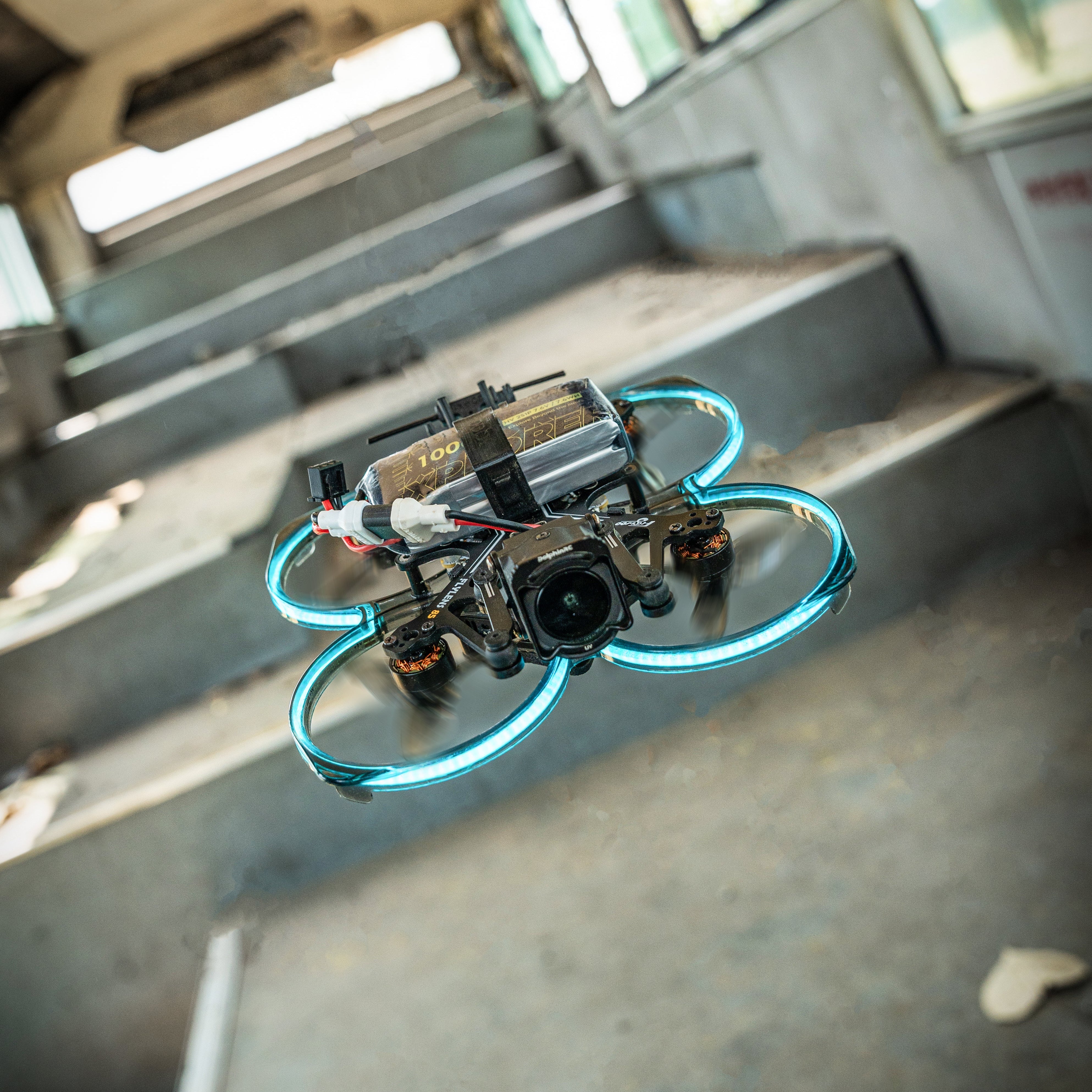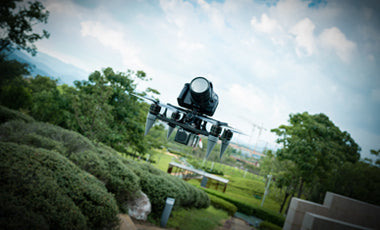Introduction: In recent years, the popularity of drones has soared, and they are now used in various fields, including aerial photography, package delivery, and even agriculture. One critical component that enables drones to operate smoothly and efficiently is the Electronic Speed Controller (ESC). In this blog post, we will explore what an ESC is and delve into its working principles.

-
What is an Electronic Speed Controller (ESC)? An Electronic Speed Controller, commonly known as an ESC, is a device that regulates the speed of an electric motor in a drone. It acts as an intermediary between the flight controller and the motor, ensuring precise control over the drone's speed and performance.
-
Components of an ESC: An ESC typically consists of the following components:
a) Microcontroller: The microcontroller is the brain of the ESC and is responsible for processing signals received from the flight controller.
b) Power MOSFETs: Power MOSFETs are high-power transistors that regulate the flow of current to the motor. They provide a switching mechanism to control the speed and direction of the motor.
c) Voltage Regulator: The voltage regulator ensures that the ESC receives a stable power supply from the drone's battery.
d) Connectors: ESCs are equipped with connectors to interface with the flight controller, motor, and power source.
- Working Principle of an ESC: The ESC's primary function is to interpret the control signals from the flight controller and convert them into appropriate commands for the motor. The working principle of an ESC involves the following steps:
a) Signal Reception: The ESC receives control signals, typically in the form of pulse width modulation (PWM) signals, from the flight controller. These signals indicate the desired speed and direction of the motor.
b) Signal Processing: The microcontroller in the ESC processes the received signals and generates corresponding signals to control the power MOSFETs.
c) Power Regulation: The power MOSFETs, based on the signals received from the microcontroller, control the current flow to the motor. By modulating the power supply to the motor, the ESC adjusts its rotational speed.
d) Commutation: In order to rotate the motor in a specific direction, the power MOSFETs switch the flow of current through different phases of the motor. This process, known as commutation, ensures that the motor spins smoothly and in the desired direction.
e) Feedback Mechanism: Some advanced ESCs incorporate a feedback mechanism that measures the motor's actual speed and provides this information to the flight controller. This feedback enables the flight controller to make further adjustments for enhanced stability and control.
Conclusion: Electronic Speed Controllers (ESCs) play a vital role in the performance and stability of drones. By interpreting control signals from the flight controller and regulating the power supplied to the motor, ESCs ensure precise speed control and smooth operation. Understanding the working principles of ESCs provides valuable insights into the complex systems that enable drones to fly with accuracy and efficiency.





Leave a comment